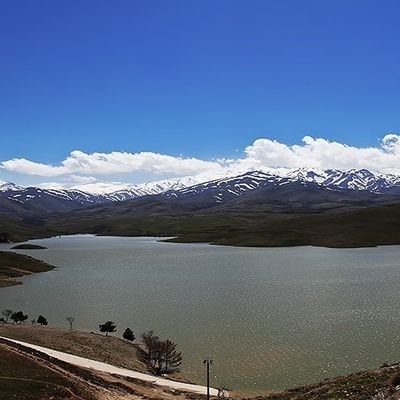SAEDNEWS: The Eiffel Tower, one of the world’s most iconic landmarks, grows a few inches taller during the summer months. This fascinating phenomenon is a result of basic physics and thermal expansion, revealing the hidden dynamics of metal structures.

According to SAEDNEWS, the Eiffel Tower, which is a global icon of Parisian architecture, undergoes a surprising transformation each summer—it grows slightly taller. The increase, which can reach up to six inches, is a fascinating result of thermal expansion, a physical property of materials like metal when exposed to heat.

Thermal expansion is the process where materials, especially metals, increase in size when they are heated. Rising temperatures cause the molecules within the material to move more vigorously, leading to a small but measurable increase in dimensions. The Eiffel Tower, made predominantly of iron, responds to heat in this way. Its intricate latticework is composed of thousands of iron parts, all of which expand slightly in warm weather.
On particularly hot days, the tower’s height can increase by as much as 15 centimeters (around 6 inches). However, this change is temporary—when temperatures cool, the structure contracts and returns to its original size.
1. Scale of the Tower
At a towering 330 meters (1,083 feet), even minor changes in height are more pronounced compared to smaller structures. The Eiffel Tower’s immense size makes thermal expansion effects particularly visible.
2. Impact of Design
The Eiffel Tower’s open lattice framework allows its metal surfaces to absorb heat evenly, resulting in uniform expansion. This efficiency in heat absorption amplifies the thermal expansion across the structure.
1. Factoring in Expansion
When Gustave Eiffel designed the tower in 1889, he accounted for the effects of thermal expansion. The structure’s design accommodates these seasonal fluctuations, ensuring stability and durability despite the changes in height.
2. Modern Monitoring
Today, sensors installed on the Eiffel Tower help track its seasonal movements. These devices provide valuable insights into its structural behavior, ensuring that any adjustments or maintenance can be performed as needed.

Thermal expansion is not unique to the Eiffel Tower; it is a crucial consideration in engineering worldwide. Bridges, railway tracks, and pipelines are all designed to withstand the effects of temperature changes, often incorporating features like expansion joints to prevent structural damage and ensure functionality. The Eiffel Tower’s seasonal growth, however, stands out as a striking and visible example of this phenomenon. Its ability to expand during the summer is a testament to both the principles of physics and the ingenuity behind its design. While celebrated as a cultural icon, the Eiffel Tower’s subtle transformation also serves as a powerful reminder of how natural forces influence the structures we create.

